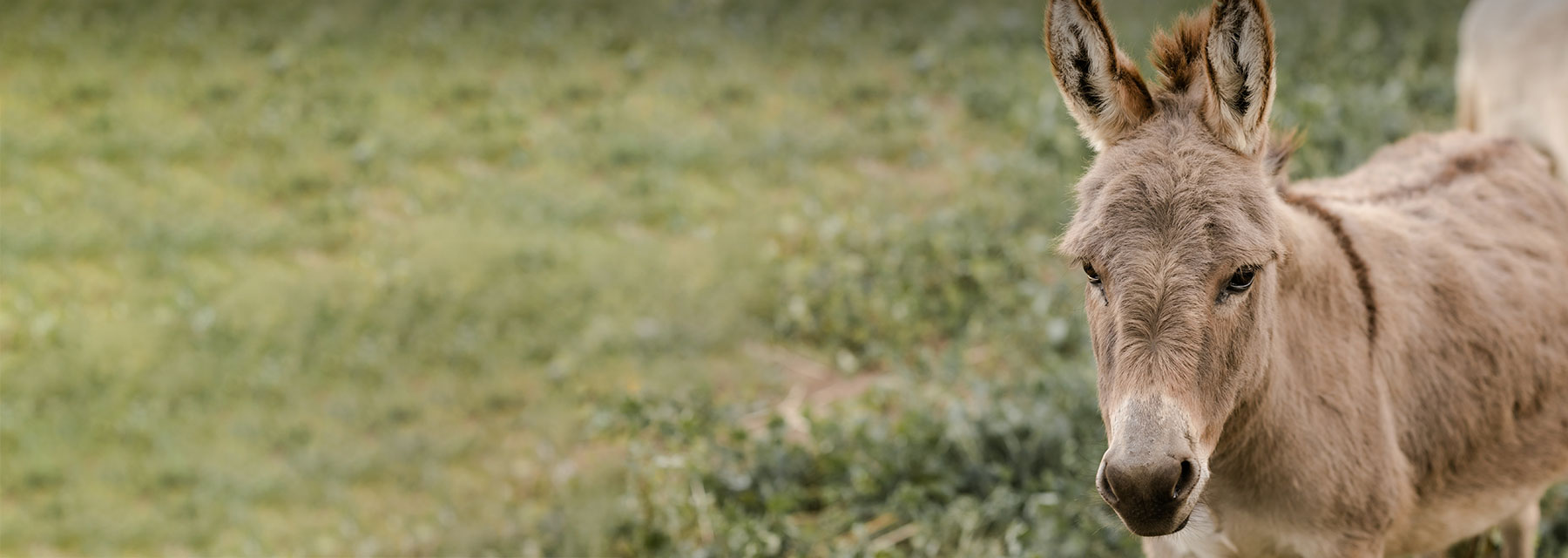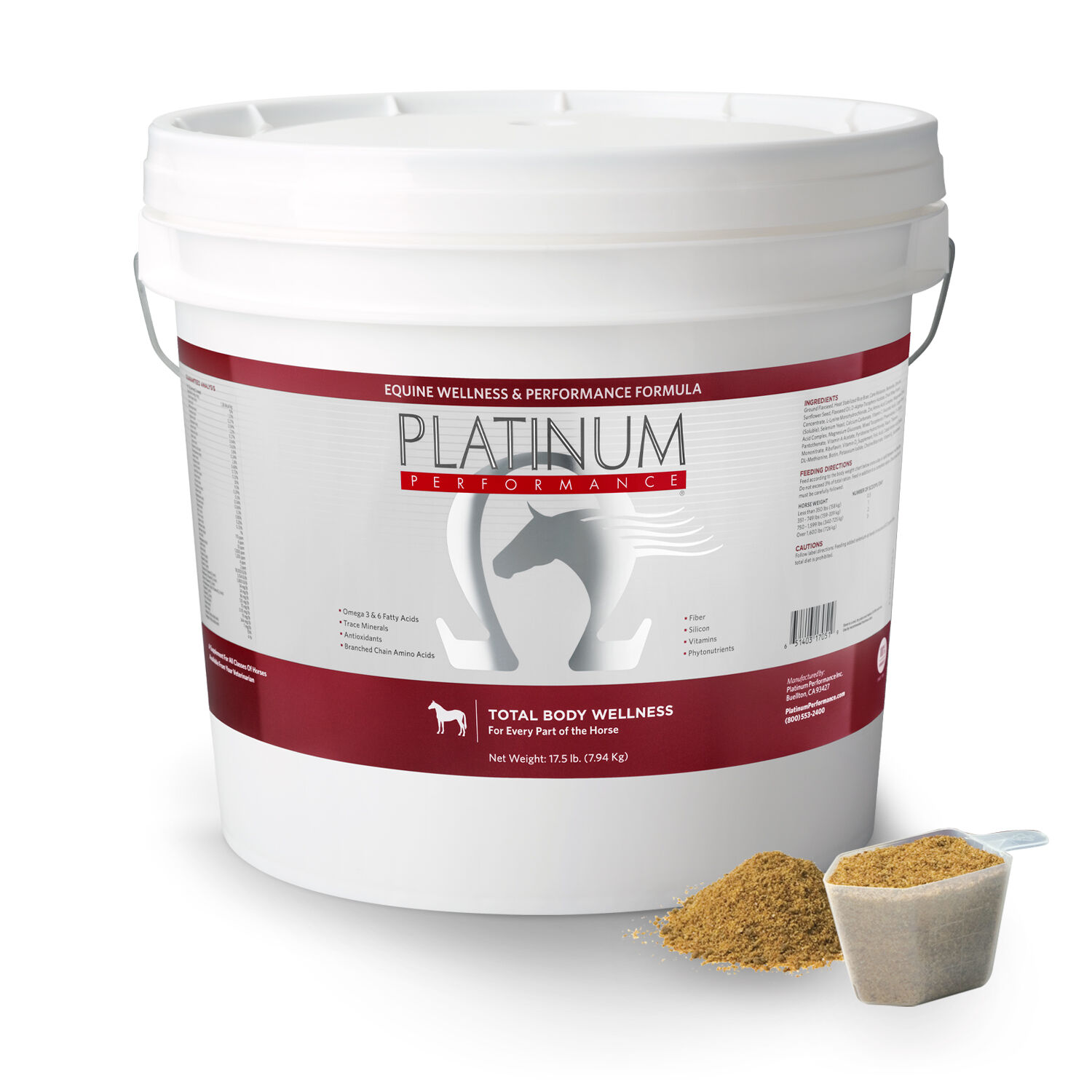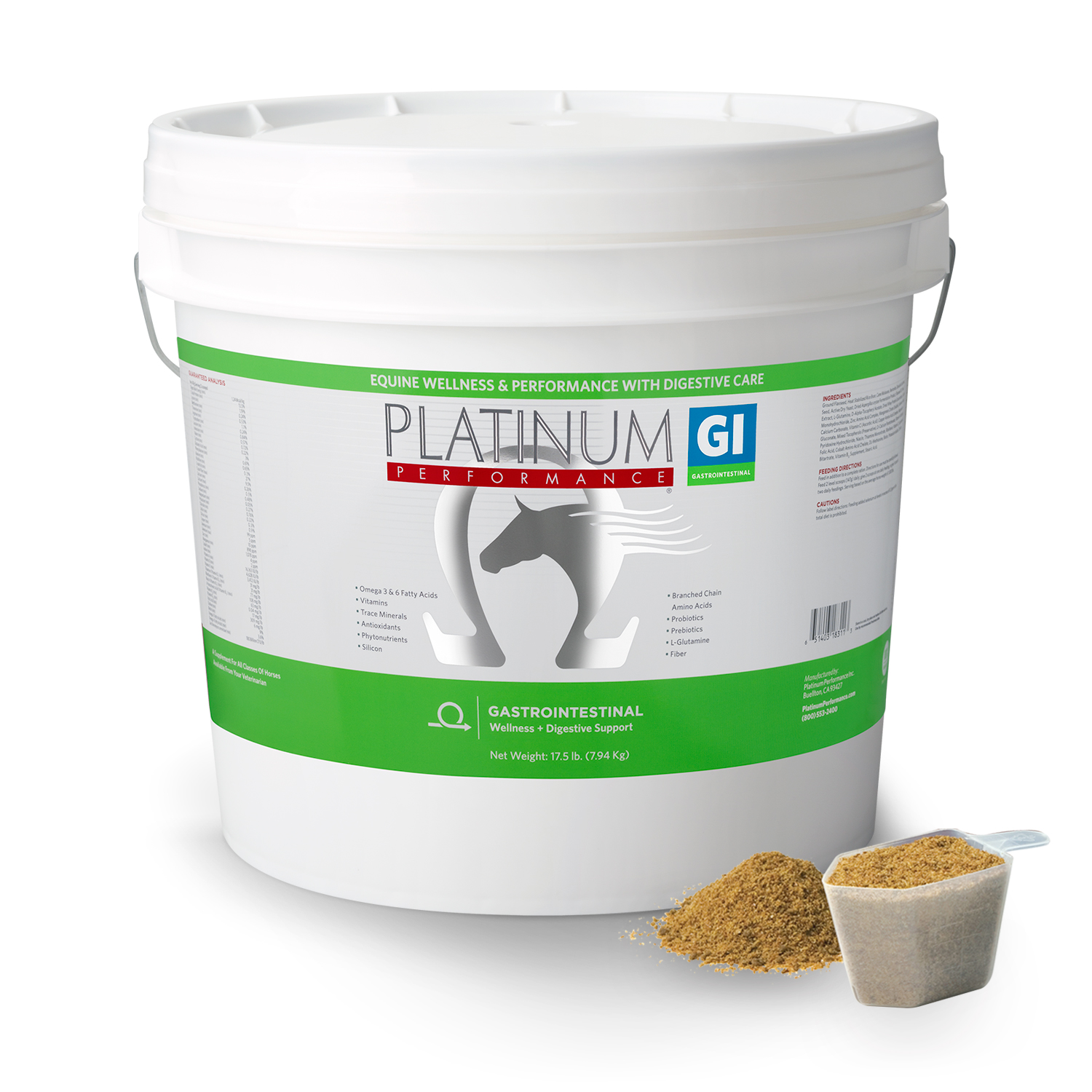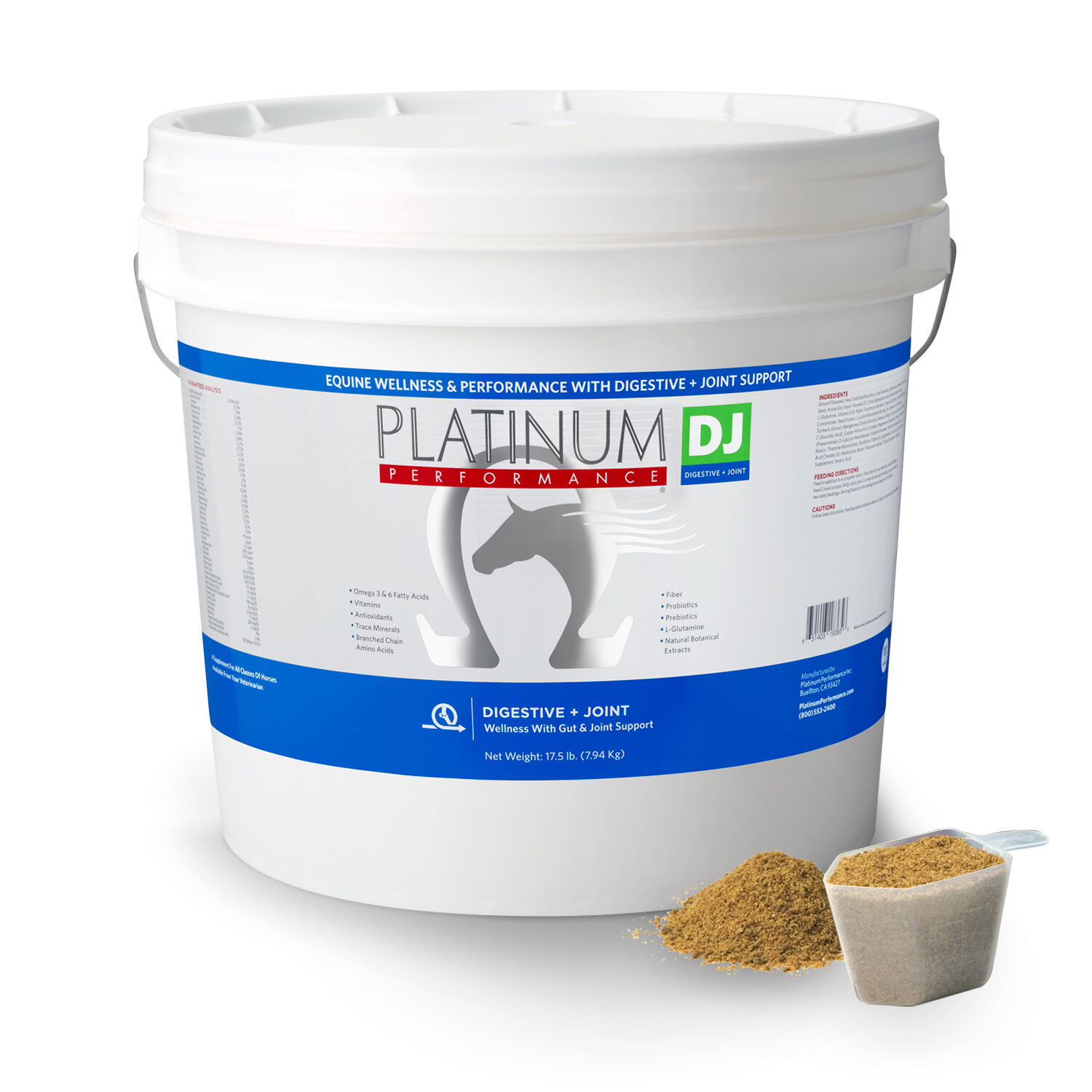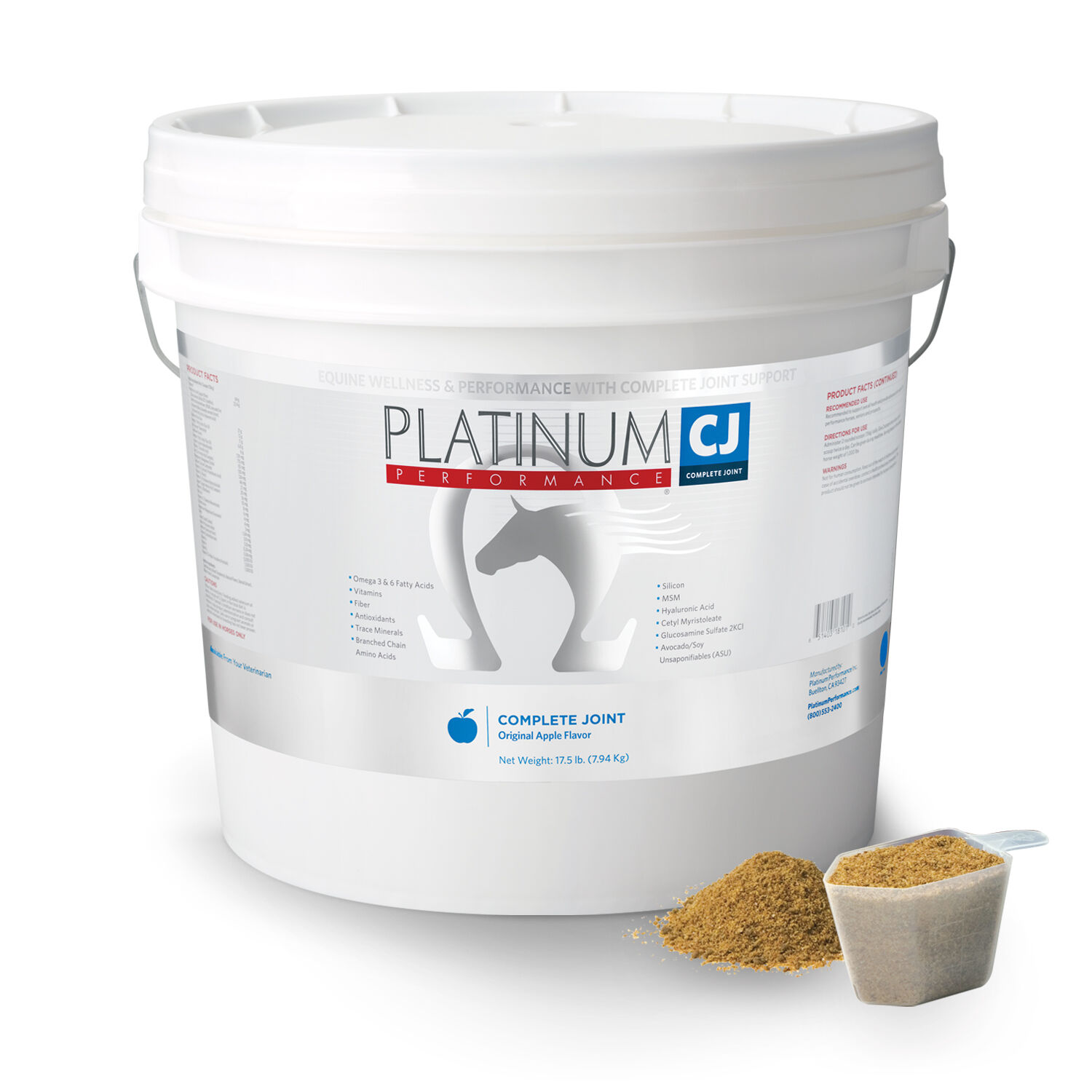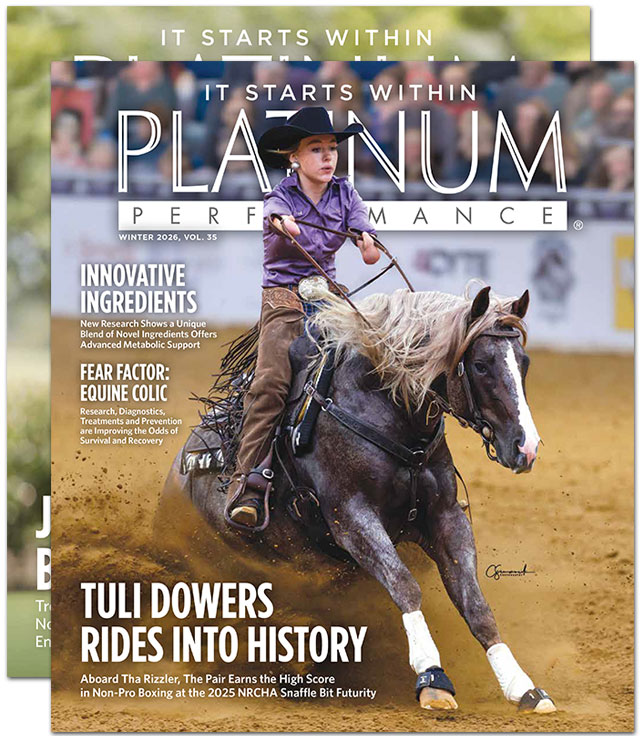The most important thing about feeding donkeys and mules is to feed them like donkeys and mules—not horses. They are remarkably more efficient animals, and a normal diet for a horse will likely result in an overweight donkey (or mule).
Like horses, donkeys are hindgut fermenters and foragers that rely on small, consistent amounts of fibrous plants for nutrition and healthy digestion. The major difference is that they are more efficient animals. For example, donkeys are considered to be browsers and are selective about the forage they consume. They take larger bite sizes and large gulps when drinking water. This stoic species originated in hot, arid African climates where they browsed for up to 16 hours a day on coarse, native vegetation high in fiber and low in nutrients. Donkeys are known to be biologically “thrifty”—genetically better adapted to potentially survive harsh conditions by having a lower energy requirement (i.e., lower metabolic rate) and a strong internal drive to store food intake as fat. They are more efficient than horses in many ways, including digestion. While the actual structure and function of the digestive tract is akin to the horse, donkeys are better able to digest and derive calories from fiber. This improved digestibility is due to several factors. While donkeys tend to have a reduced dry matter intake compared to a pony of similar size, there is a longer gut retention time for the microbial fermentation of the high fiber feeds. In the cecum, the fiber-loving cellulolytic microbes are shown to have higher activity in donkeys, coupled with the longer retention time, means that fiber can be digested more thoroughly and efficiently via microbial breakdown. There is higher volatile fatty acid production per pound of dry matter intake, which provides more energy to the animal. Donkeys also require less protein than horses as they have an enhanced ability to recycle nitrogen via the reabsorption of urea—up to 80 percent—created during protein metabolism. Another example of how these extraordinary equids are able to thrive in locations where the natural forages offer low protein levels. The energy and protein requirements of donkeys are generally thought to be lower than that of a small pony.
There is a downside to having super digestive efficiency powers. Here in the United States, far from their tough ancestral environments, donkeys are often fed too much of the “good stuff.” They require careful feeding to prevent common health issues that include: obesity, insulin resistance, laminitis and hyperlipidemia. Keeping donkeys at an ideal body weight is proactive health care and may help to prevent metabolic issues. Using a Body Condition Score (BCS) chart specifically for donkeys, based on 1 to 5 versus the 1 to 9 scale used for horses, can be a great tool for identifying when dietary adjustments are needed. Although they are famously “easy keepers,” donkeys do have definite daily requirements for energy/calories, protein, vitamins, minerals and water. A forage-based, high-fiber diet is good for every donkey. It is common to feed a donkey a diet of 75% straw and 25% moderate-quality grass hay as maintenance. Testing forages can be very helpful to know more accurately what is being fed particularly for energy and sugar content. A general rule held by donkey experts is that if energy requirements are being met, protein requirements will also be satisfied. While these are general guidelines, it is important to remember that each animal is an individual. Winter and cold weather may increase caloric needs and higher hay levels may be used. Some donkeys may require higher energy levels to support growth, pregnancy, lactation, performance or work-load needs. Low non-structural carbohydrate (NSC—starch and sugar) options such as chopped hays, alfalfa, unmolassed beet pulp or oils may be used to support weight as needed. When feeding donkeys, basic is best as they have evolved to get the most out of a forage-only diet in the toughest environments.
General Feeding Guidelines
A maintenance diet for donkeys may include free choice good, clean straw (barley, wheat or oat) with limited amount of moderate-quality grass or grass hay, a comprehensive vitamin and mineral balancer, salt and fresh, clean water. It is generally recommended to feed 1.5% body weight per day in forage.

Straw
Straw can be used to satisfy forage needs. By offering straw free choice and limiting hay, it is less likely to exceed energy requirements. Barley straw is commonly fed as it is high in fiber and low in sugar. Source straw with few cereal heads or loose grain to prevent excess calories from starch.

Hay
- Choose a mature, grass hay that has low NSC levels, less than 15%.
- Timothy, coastal or brome are typically suitable options for hay.
- Lower protein options are more suitable, 10-12% crude protein.
- Hay that is cut late tends to have lower energy content.
Donkeys are foragers and will do best with consistent access to fibrous feeds for a healthy digestive tract. Several small meals spread out through the day may work best. Hay nets or slow feeders can elongate the time it takes them to eat through their forage.
Supplements
- A comprehensive vitamin and mineral supplement that is nutrient dense but low in carbohydrates to safely balance the diet.
- Omega-3 fatty acids, an essential fat with a wide spectrum of health benefits, especially important for donkeys not on pasture.
- Individual donkeys may require other supplements for optimal health including probiotics or joint support formulas.
Salt
- Plain, white
- Available free choice
What to Avoid
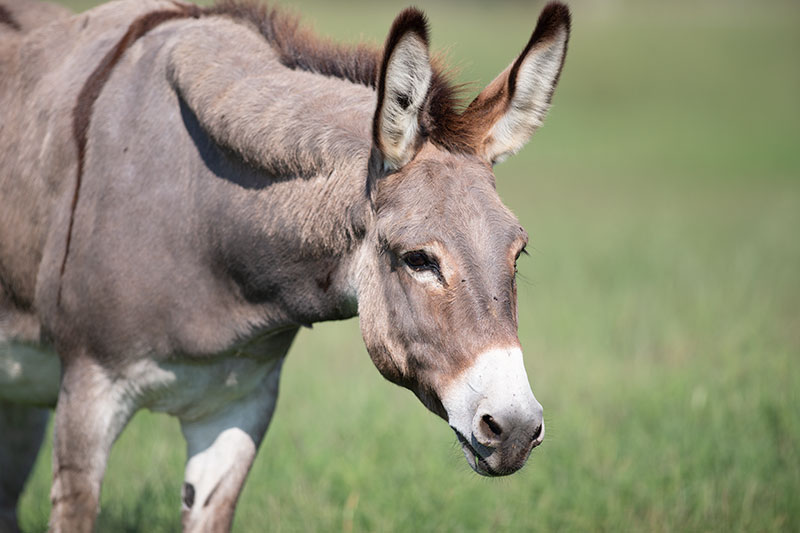
Donkeys are prone to obesity and developing insulin resistance linked to laminitis. Avoiding high starch or sweet feeds is always recommended for keeping donkeys healthy.
- Lush pastures may be too high in sugar, fructans, starch and protein levels
- Alfalfa is high in protein and generally higher in digestible energy
- Cereal grains (corn, oats, barley, wheat) that are inherently high in starch
- Concentrate feeds, even in small quantities, will likely exceed the energy requirements of most donkeys
- Molasses
- Sweet treats
What About Water?
Donkeys require about the same amount of water per body weight as a horse, and will drink more if in work or in a hot, humid environment. However, having evolved in hot climates, donkeys are capable of fascinating water preservation. They tend to sweat less and fully utilize more water internally and excrete less. They are skilled at coping with thirst, quickly rehydrating and running into less situations of dehydration. Capable of tolerating 20 to 30 percent of their body weight in water losses, they have been seen to rehydrate rapidly by drinking 24 to 30 liters of water in 2 to 5 minutes.
Marvelous Mules
- It is often said that mules have hybrid vigor—or the best traits—of both their horse and donkey lineage.
- Mule owners report that mules tend to not overeat, even given the opportunity.
- There is a lower incidence of insulin resistance and metabolic health issues in the mule population.
- Mules are versatile athletes. Mules in training or heavy exercise may thrive on special dietary attention and supplementation to support athleticism, muscle recovery and longevity including the addition of alfalfa, flax oil, joint-supporting nutrients, probiotics and ulcer support formulas and antioxidants like vitamin E and selenium.
- Mules in training that are also growing may be more challenging to keep weight on so increase forages and concentrates as needed.
- It is typically still recommended to treat mules nutritionally like their donkey parent but consider age of the mule and, if known, their genetic background.
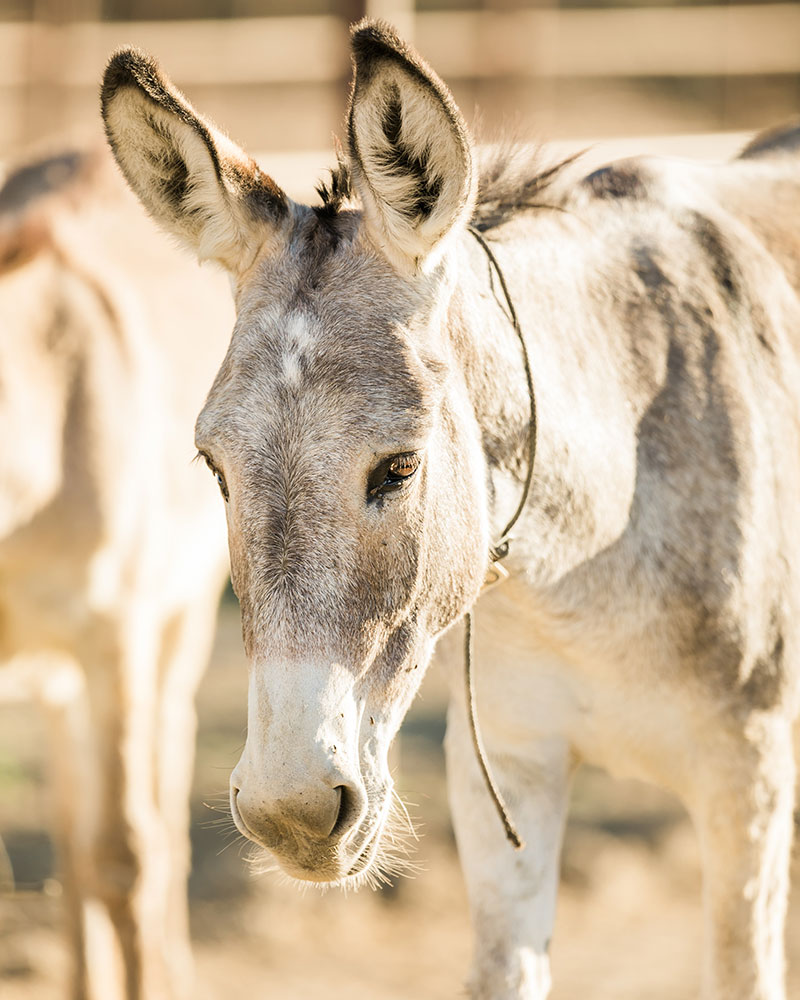
Donkeys and Hyperlipidemia
Hyperlipidemia—excess fat in the blood—is a health issue in donkeys that can be fatal. It is the main cause of death in donkeys. It can occur when an animal goes off feed and goes into “negative energy balance,” where more energy is being used than what is being consumed. In this state, the body mobilizes fat reserves for energy to feed essential organs. Under normal circumstances, hormones are in place to switch off the fat mobilization. However, in donkeys, the fat release may not be able to be stopped and excess fat circulates in the blood, measured as triglycerides. If high triglyceride levels persist, hepatic (and renal) lipidosis may develop causing organ failure and death.
Maintaining a healthy body condition can help to avoid complications with hyperlipidemia. Avoiding stressful situations or anything that will put a donkey off feed. Adjusting feed intake to normalize body weight should be done with care. Overweight animals should be put on a gradual weight loss plan, avoiding a “crash diet” or a hugely restrictive feed intake. Weight loss should be done very gradually in donkeys making changes to a new, modified diet over 4 to 6 weeks to avoid putting the body in starvation mode and at risk for liver damage.
Colic and Ulcers
Both mules and donkeys can colic yet they tend to show signs when the disease is more advanced. Dietary changes should be made slowly and monitor signs of behavioral changes. Mules tend to show signs of acute colic quicker than donkeys. Watch for behavioral tells such as excessive rolling, grinding teeth, tail switching, latching upper incisors onto permanent objects which may all be related to gastric ulcers. Both mules and donkeys, like horses, are susceptible to ulcers.
Donkey Body Condition Score Chart
| Condition score | Neck and shoulders | Withers | Ribs and belly | Back and loins | Hindquarters |
1. Poor (very thin)
|
Neck thin, all bones easily felt. Neck meets shoulder abruptly, shoulder bones felt easily, angular. | Dorsal spine and withers prominent and easily felt. | Ribs can be seen from a distance and felt with ease. Belly tucked up. | Backbone prominent, can feel dorsal and transverse processes easily. | Hip bones visible and felt easily (dock and pin bones). Little muscle cover. May be cavity under tail. |
2. Moderate (underweight)
|
Some muscle development overlying bones. Slight step where neck meets shoulders. | Some cover over dorsal withers, spinous processes felt but not prominent. | Ribs not visible but can be felt with ease. | Dorsal and transverse processes felt with light pressure. Poor muscle development either side of midline. | Poor muscle cover on hindquarters, hip bones felt with ease. |
3. Ideal
|
Good muscle development, bones felt under light cover of muscle/fat. Neck flows smoothly into shoulder, which is rounded. | Good cover of muscle/ fat over dorsal spinous processes, withers flow smoothly into back. | Ribs just covered by light layer of fat/muscle, ribs can be felt with light pressure. Belly firm with good muscle tone and flattish outline. | Can feel individual spinous or transverse processes with pressure. Muscle development either side of midline is good. | Good muscle cover over hindquarters, hip bones rounded in appearance, can be felt with light pressure. |
4. Overweight (fat)
|
Neck thick, crest hard, shoulder covered in even fat layer. | Withers broad, bones felt with pressure. | Ribs dorsally only felt with firm pressure, ventral ribs may be felt more easily. Belly over developed. | Can only feel dorsal and transverse processes with firm pressure. May have slight crease along midline. | Hindquarters rounded, bones felt only with pressure. Fat deposits evenly placed. |
5. Obese (very fat)
|
Neck thick, crest bulging with fat and may fall to one side. Shoulder rounded and bulging with fat. | Withers broad, bones felt with firm pressure. | Large, often uneven fat deposits covering dorsal and possibly ventral aspect of ribs. Ribs not palpable dorsally. Belly pendulous in depth and width. | Back broad, difficult to feel individual spinous or transverse processes. More prominent crease along mid line fat pads on either side.Crease along midline bulging fat either side. | Cannot feel hip bones, fat may overhang either side of tail head, fat often uneven and bulging. |
Copyright The Donkey Sanctuary.
Nutritional Solutions for Mules & Donkeys
Platinum Performance® Equine was created out of clinical necessity as a comprehensive omega-3 formula to transform equine health at the cellular level. Because of its comprehensive nature, the ingredients work synergistically to support every aspect of health and performance, including joints, muscles, hooves, skin and coat, digestion and more.
Platinum Performance® GI provides a gastrointestinal-focused approach to total horse health. Because an estimated 70-80 percent of the immune system lives in a horse’s digestive tract, gut health is not only important for proper digestion but also has far reaching implications on immune health and comprehensive wellness. This veterinary-developed formula provides omega-3 fatty acids, antioxidants, vitamins and trace minerals for total body health, along with Bio-Sponge®, prebiotics, probiotics and glutamine for advanced digestive support.
By combining advanced support for healthy digestion and joint function with premium wellness ingredients, Platinum Performance® DJ is an innovative one bucket solution to horse health and longevity. This veterinary developed formula combines the benefits from Platinum Performance® Equine with probiotics and yeast extracts that support intestinal integrity and immune health. Additionally, this formula introduces a novel combination of tamarind and turmeric extracts that maintains healthy levels of inflammation and provides powerful joint nourishment.
Our most potent joint support formula combines a whole-horse wellness formula with comprehensive joint support. Popular with performance horses and senior horses, Platinum Performance® CJ was developed in veterinary practice and is the only supplement of its kind to provide extensive joint support with all of the benefits of Platinum Performance® Equine to support every part of the horse from digestion, skin & coat, hooves, and more.

by Emily Smith, MS,
Platinum Performance®
